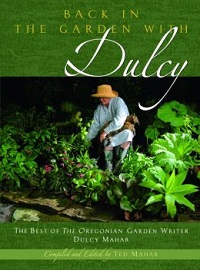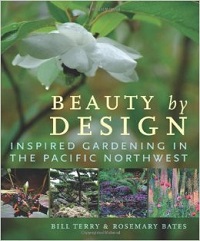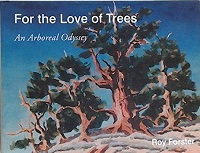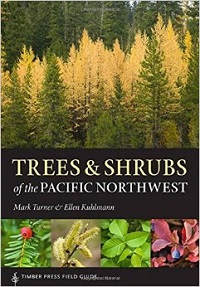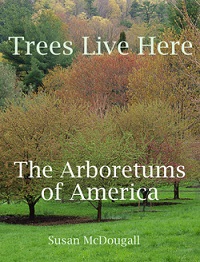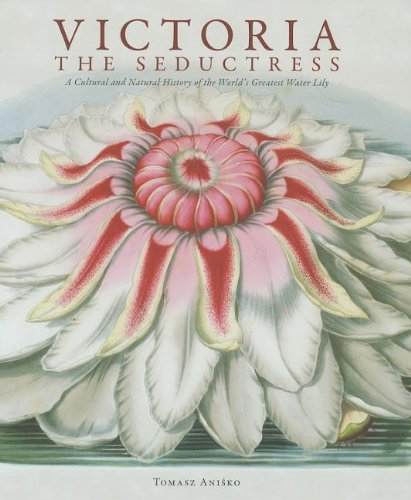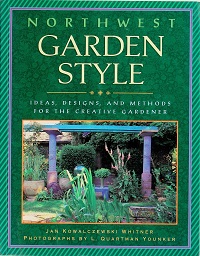
Transforming of perspectives is Jan Kowalczewski Whitner’s greatest strength as a writer and I think it is best illustrated in this, her final book. When I first flipped through the pages (with excellent photographs by Linda Quartman Younker), I thought that Jan had traveled throughout Europe, finding centuries old examples of stonework. I was surprised, upon looking at the captions, that almost all of the gardens are in the United States and many were not very old.
I realized, too, that this is not a book to flip through. It is best understood by allowing Jan to lead you through at her pace and in her order. It begins with a review of various garden styles, from formal to natural, from Asian to English cottage gardens. After your attention is firmly fixed on the role stonework plays in these gardens, she shifts to habitats in stone, such as those found in fissures, screes, outcrops, and in wider settings such as a beach or in the desert. Each of these descriptions comes with a recommended list of plants.
Now the real fun begins. The use of stones as art, as tools, or as symbols of spiritual significance goes beyond the garden setting. Or does it? Jan addresses this with, “What significance do today’s gardeners find in this legacy of using stone in the landscape for spiritual effects? As the following stone features illustrate, gardeners either adapt the traditions of earlier cultures to their own landscape designs or they carry the spirit, rather than their precise form, into modern pieces.”
To finish, Jan features six gardens from across the country, clearly favorites of hers. Mostly beyond the reach of the home gardener, these are realized fantasies of long years or many resources or both. While the following statement was applied to a garden near Miami, it could be used for all, “Because of its sheer size and over-the-top opulence, Vizcaya holds few obvious lessons for the home gardener who contemplates adding a stone feature or two to the back garden, but it remains a compelling place of pilgrimage for those who relish its completely realized vision of stone-driven theatrics.”
Jan traveled extensively outside the Pacific Northwest for this book, but throughout she keeps coming back here for examples, and it’s fitting that she finishes at home with her last two gardens. The first, the Walker Rock Garden in West Seattle, faces an uncertain future at the time of this writing, but for Jan the later work of Milton Walker “…took on some of the fantastical qualities of structures by the Spanish architect Antonio Gaudi”—high praise, indeed.
Finally, we visit the Ohme Gardens near Wenatchee. This was described in “Garden Touring” as like “a stage set for The Sound of Music”, and was used as the cover photograph of that book. In “Gardening with Stone”, the description is more thoughtful, “…Ohme Gardens stands as a quintessential example of mountainous, high-desert terrain, whose most characteristic natural features—stone outcrops, wide sloping meadows, and precipitous ravines—have been isolated, highlighted, and arranged to display their best design possibilities.”
Summarizing “Gardening with Stone”, and the blending of the inspirational and the practical that is found in all of Jan’s writing, is the concluding sentence of the Introduction: “Our focus is on those magical, metaphorical stone features that will spark the imagination, as well as on creative design solutions to common landscaping problems.”
Excerpted from the Summer 2014 Arboretum Bulletin.
